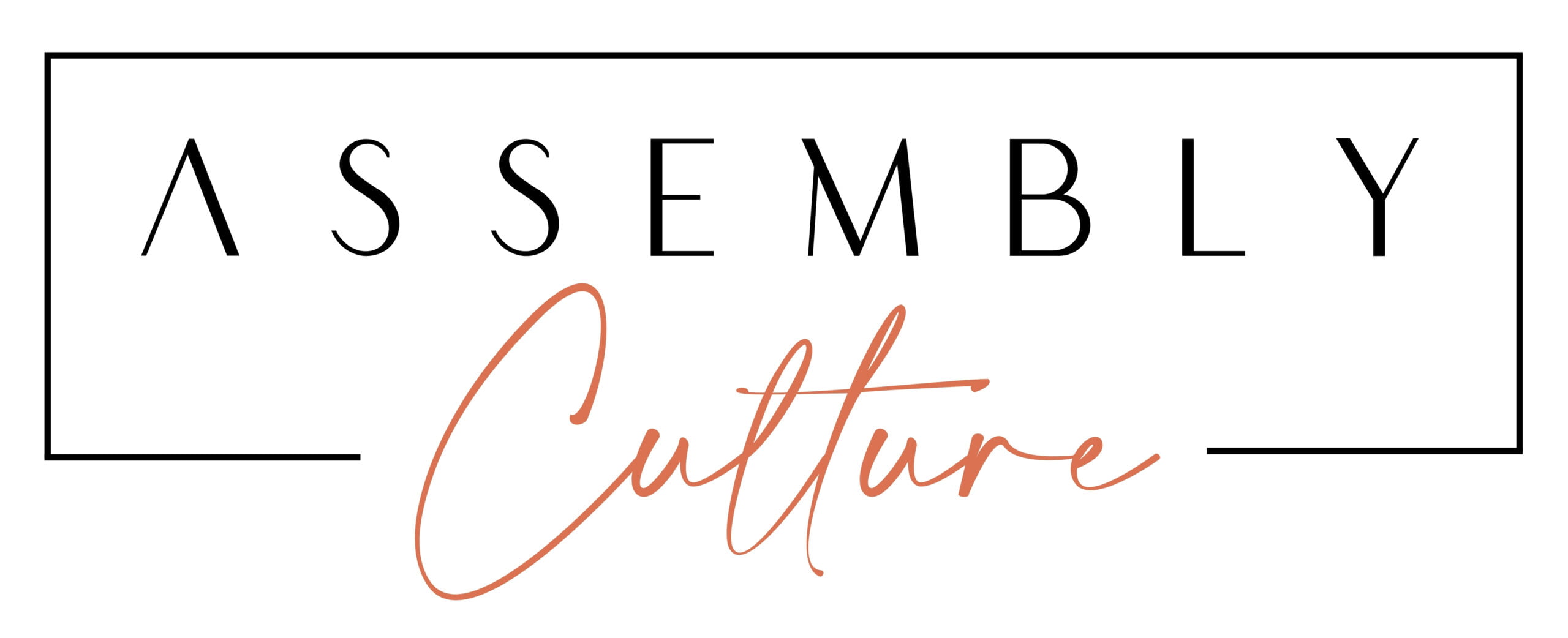I have been predominantly working in the space of culture over the last year as we face into challenges like reconnecting our teams, re-designing ways of working for our hybrid environments and resetting our boundaries
I was asked on a podcast interview recently ‘what is the role of the leader in crafting culture?’ and considering it cuts across both leadership and culture, I thought it a great opportunity to explore that question here with you.
There is a lovely intersection of culture and leadership where an individual and their behaviors and actions can have such impact and influence over not just the organisational culture, but that of the immediate team, the sub-culture.
When it comes to your role, here’s a few ways that you can play a role in crafting a healthy culture;
- Understand what your people need: there is a brilliant opportunity cutting across leadership and culture for a leader to understand the individuals within their team – their drivers, strengths, motivations, how they work best and what they need from their leader to work well. Building practices and rituals in the group to ensure that your team are getting their needs met can take some time and energy, but so worth the investment.
- Be an aspirational role model: leaders are responsible for driving a healthy culture by their behaviours and actions, you are literally sending signals about what is accepted and tolerated constantly. Leaders need to ask themselves; is my behaviour leading us toward our desired culture, or away from our desired culture?
- Go first: alot of the work I do in the emotional culture space asks people to reveal things about themselves that perhaps they have never articulated, or wouldn’t usually talk about in a regular conversation. That means that vulnerability is at an all time high. Leaders should go first, showing a genuine level of vulnerability to set the tone.
- Play a bystander: As a leader it can sometimes be difficult to see what is really there and only see what you need to in the moment. Take the time to become an observer – let others run meetings and watch the behaviours, explore how decisions are made, sit yourself among your team during the day and take note of the micro-actions, the emotions that appear to come up, the way people speak to each other. It’s in these moments you’ll get to experience your team culture and get clarity of your role within it.
- Protect the practices – when changing culture, you need to change the practices and rituals that hold you in the past – then protect them to enable people to do their work; making sure commitments are held when decisions are made, 1:1’s are prioritised over other work, the morning stand up still goes ahead even if it take effort to dial people in. Whatever the group feels is important needs to be protected by the leader.
There are so many ways to contribute to crafting a culture, some actions are big and time-consuming, others can micro-moments that have big impact. It’s showing up as a leader who cares about culture that counts as a first great step.
Want to receive insightful and helpful articles and information to help you on your leadership & culture journey? Sign up now to my newsletter. Promise – no spam, just helpful info and a great culture freebie when you sign up!




